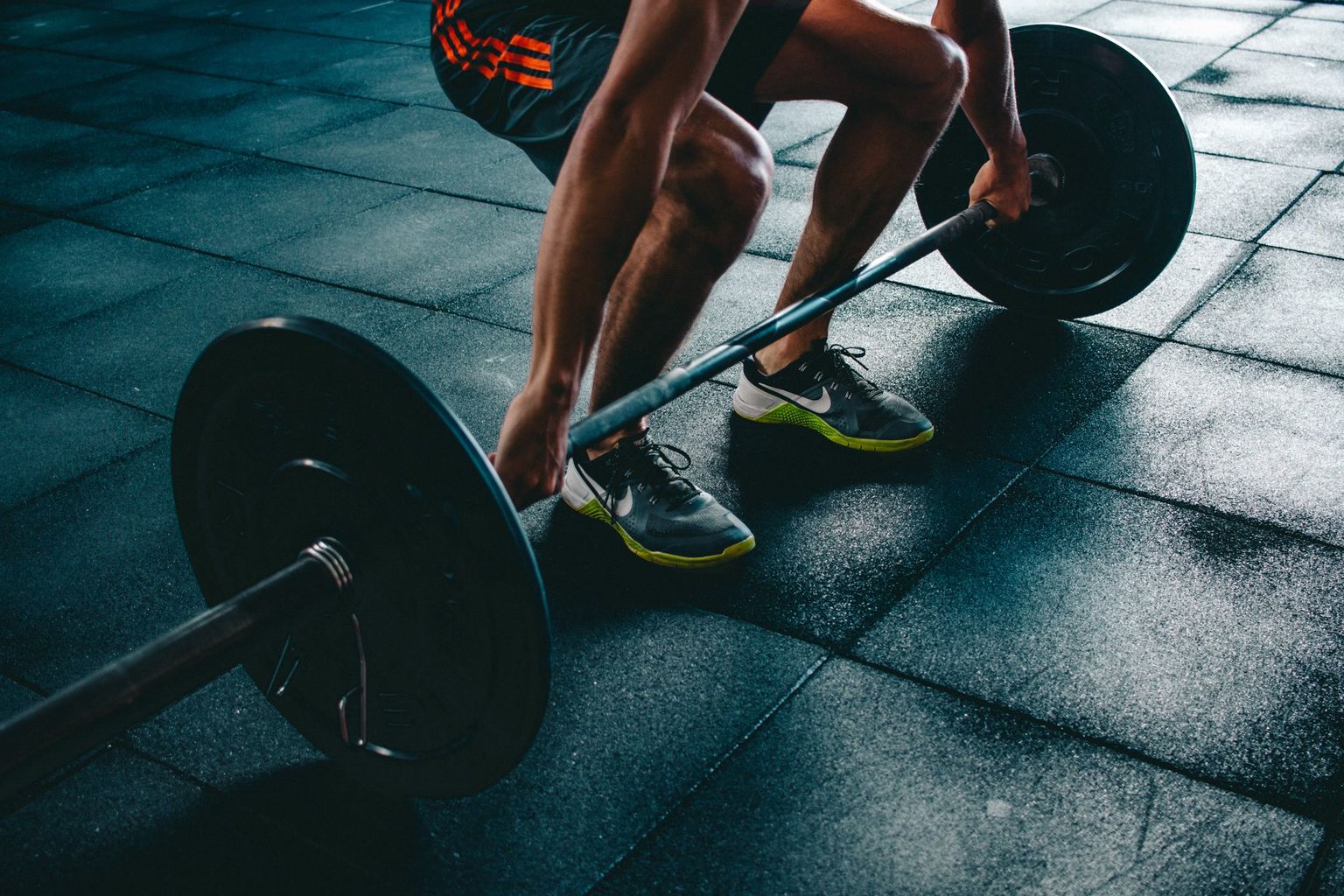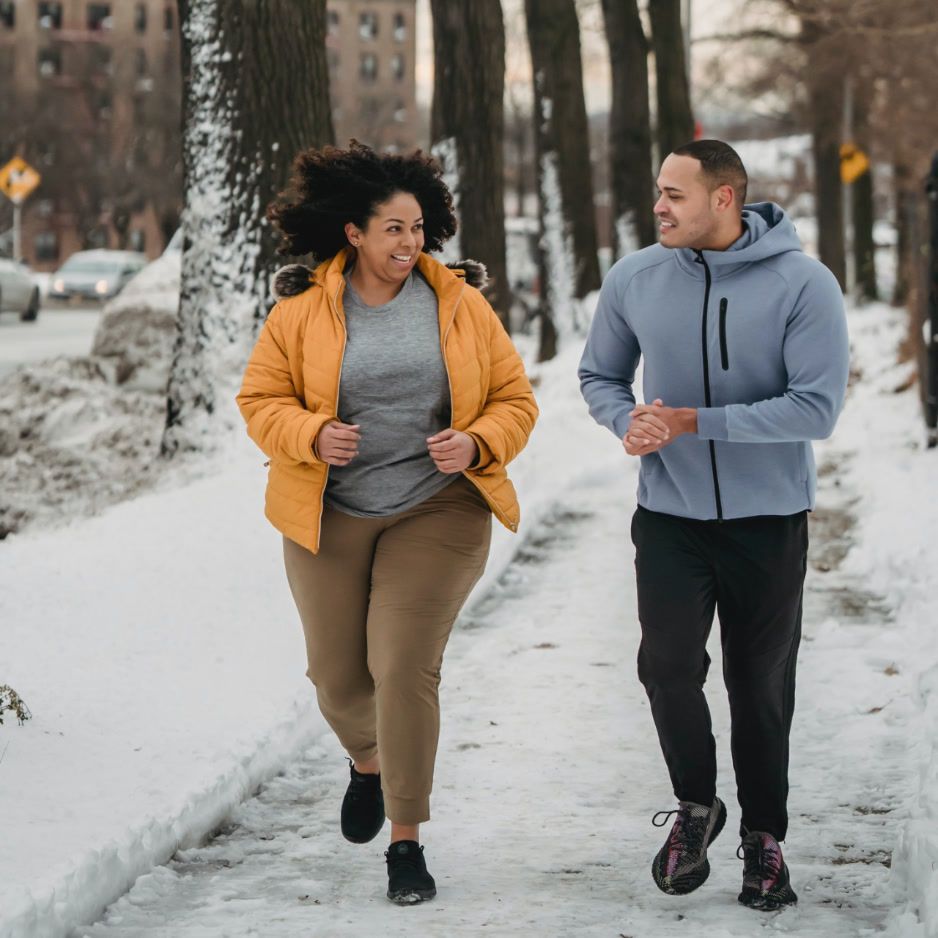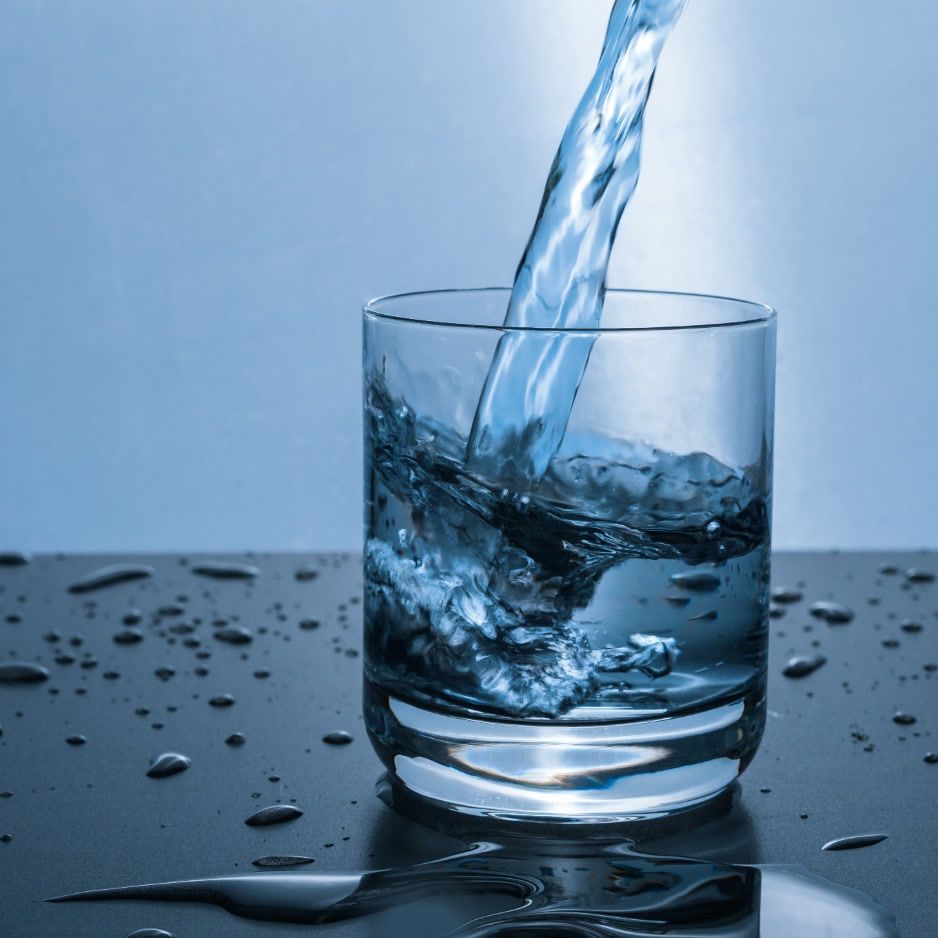Which Is Better After a Workout: Hot or Cold Shower?

Hot Shower After Workout: Is It Better Than a Cold One?
The quick answer: Neither hot nor cold showers provide a clear advantage—both offer unique benefits that depend on your specific goals and workout type. The most important factor is consistency with your overall recovery routine.
After completing an intense workout, stepping into the shower is often the next satisfying step. But this raises a key question: is taking a hot shower after a workout more beneficial than a cold one? The answer isn't as straightforward as you might think—and scientific research offers guidance on choosing the best option for your specific goals.
The Science Behind Temperature and Muscle Recovery
Following exercise, your body undergoes several critical physiological processes that directly impact recovery and adaptation:
- Microscopic damage to muscle fibers (a normal part of the strengthening process)
- Accumulation of metabolic byproducts like lactate
- Inflammation and increased blood flow to working muscles
- Elevated core body temperature

Understanding how muscle recovery works helps explain why shower temperature matters. Muscle recovery primarily occurs through a process called muscle protein synthesis. During exercise, microscopic damage is caused to your muscle fibers. As you rest, your body repairs these fibers, resulting in increased muscle strength and size. The blood flow to your muscles plays a vital role in this process.
When you exercise, your muscles require a steady supply of oxygen and nutrients to function optimally. The increased blood flow during physical activity helps deliver these essential components to your muscles. However, after a workout, the blood flow gradually decreases, which can impact the recovery process. This is where the temperature of your post-workout shower comes into play.
The temperature of your post-workout shower can significantly influence how your body handles these exercise-induced changes. Research published in Frontiers in Physiology (2023) shows that cold water immersion can reduce subjective fatigue markers immediately after exercise, while other studies highlight different benefits for heat therapy.
However, the timing and method of temperature application may be more significant than the choice between hot or cold.
Benefits of a Hot Shower After a Workout
Hot showers aren't just about comfort—they may serve as a recovery tool when used strategically, though research suggests the benefits are often modest.
Enhanced Blood Circulation
Hot water causes vasodilation (expansion of blood vessels), potentially increasing blood flow throughout your body. This enhanced circulation may help deliver oxygen and nutrients to recovering muscles more efficiently while helping flush out metabolic waste products.
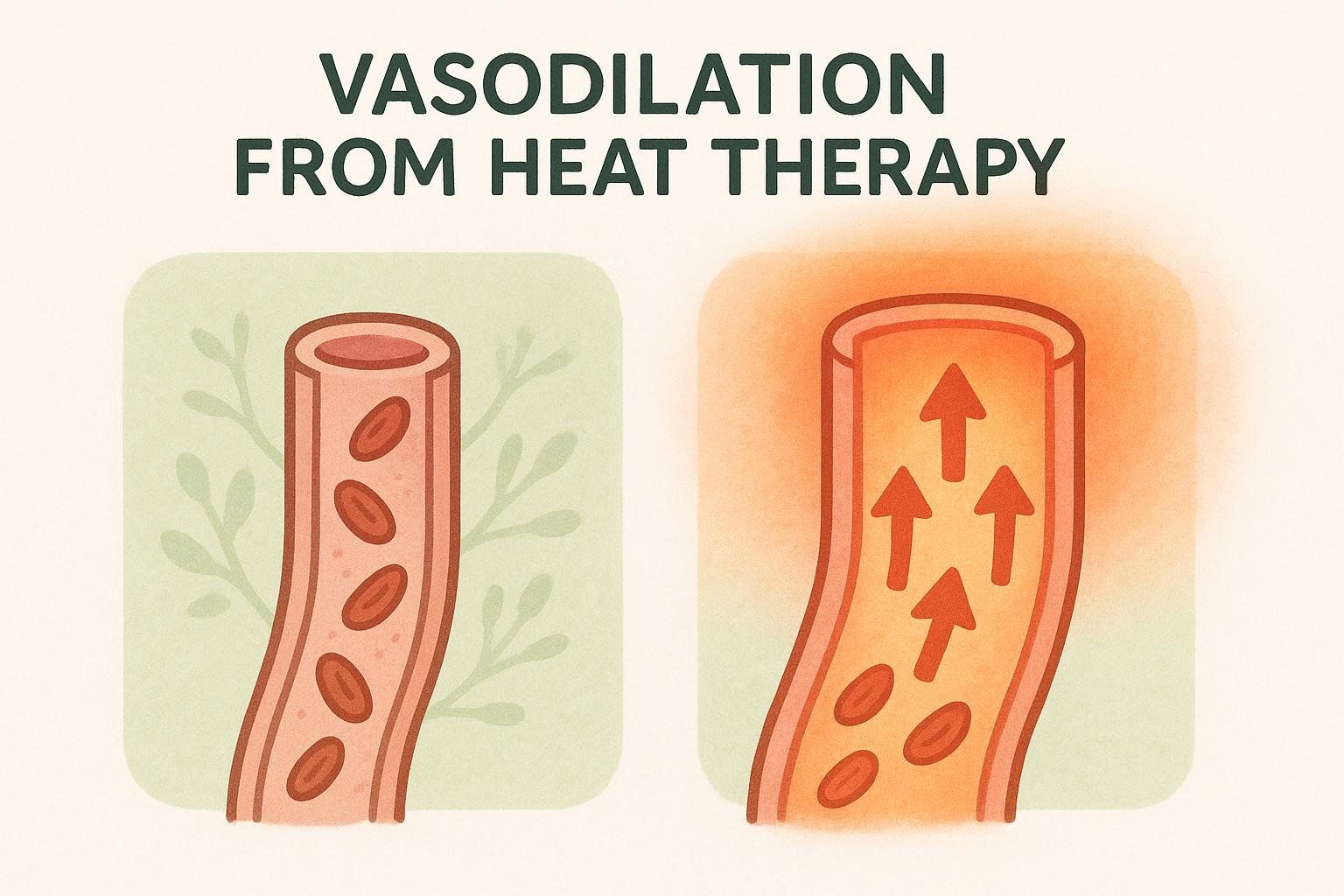
A 2021 study on heat therapy found that heat therapy significantly improves vascular function and reduces blood pressure through these vasodilatory effects.
Muscle Relaxation and Tension Relief
The warmth from hot showers may help reduce muscle tension by potentially relaxing muscle fibers and fascia. This could be particularly beneficial after strength training sessions where muscles may feel tight or knotted. Intense workouts can leave your muscles feeling tight and knotted, and a hot shower may provide relief by potentially relaxing your muscle fibers and relieving tension. The warmth may help to loosen any tightness, allowing your muscles to recover and return to their optimal state.
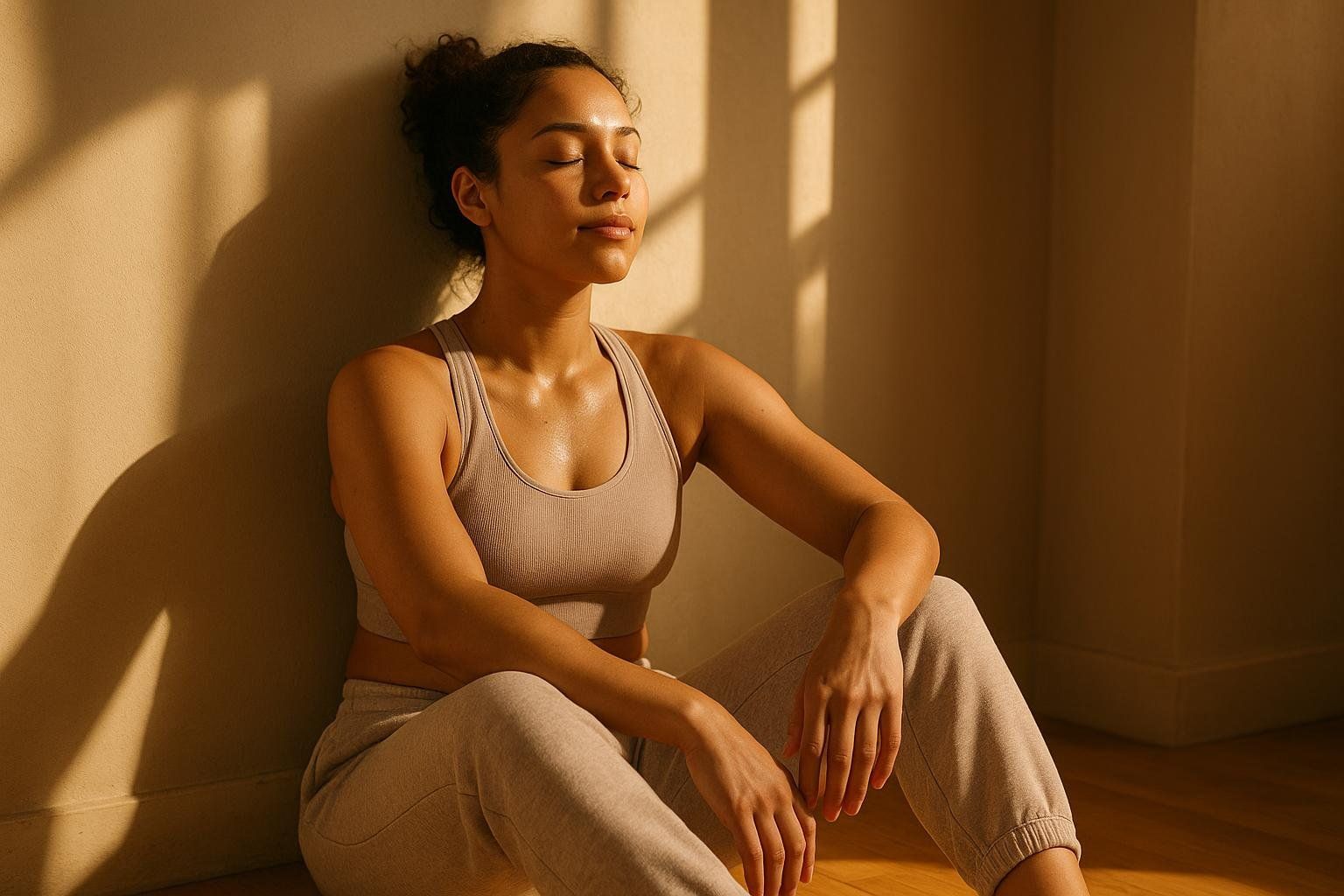
Stress Relief and Nervous System Recovery
Beyond the physical benefits, hot showers may help activate your body's relaxation responses. Research on repeated warm water baths shows that moderate heat exposure decreases sympathetic nervous system activity and resting heart rate, which can promote recovery and relaxation. This psychological benefit may be significant because stress management is a crucial part of recovery and adaptation to training.
Moreover, hot showers have been found to potentially have a positive impact on the release of endorphins, which are natural painkillers produced by your body. The combination of heat, relaxation, and the potential release of endorphins may contribute to a more pleasant post-workout experience and help you unwind after a demanding workout.
When Hot Showers Shine
Hot showers work best for:
- Low-intensity or flexibility-focused workouts
- Evening training sessions (when relaxation is the goal)
- Recovery days when muscle tension is the primary concern
- Athletes dealing with chronic muscle tightness
Benefits of a Cold Shower After a Workout
Cold therapy has gained serious scientific attention in recent years, and for good reason.
Inflammation and Swelling Reduction
Cold water causes vasoconstriction (narrowing of blood vessels), which may help reduce exercise-induced inflammation and swelling. UCLA Health explains that this process may help minimize delayed-onset muscle soreness by limiting the inflammatory response.
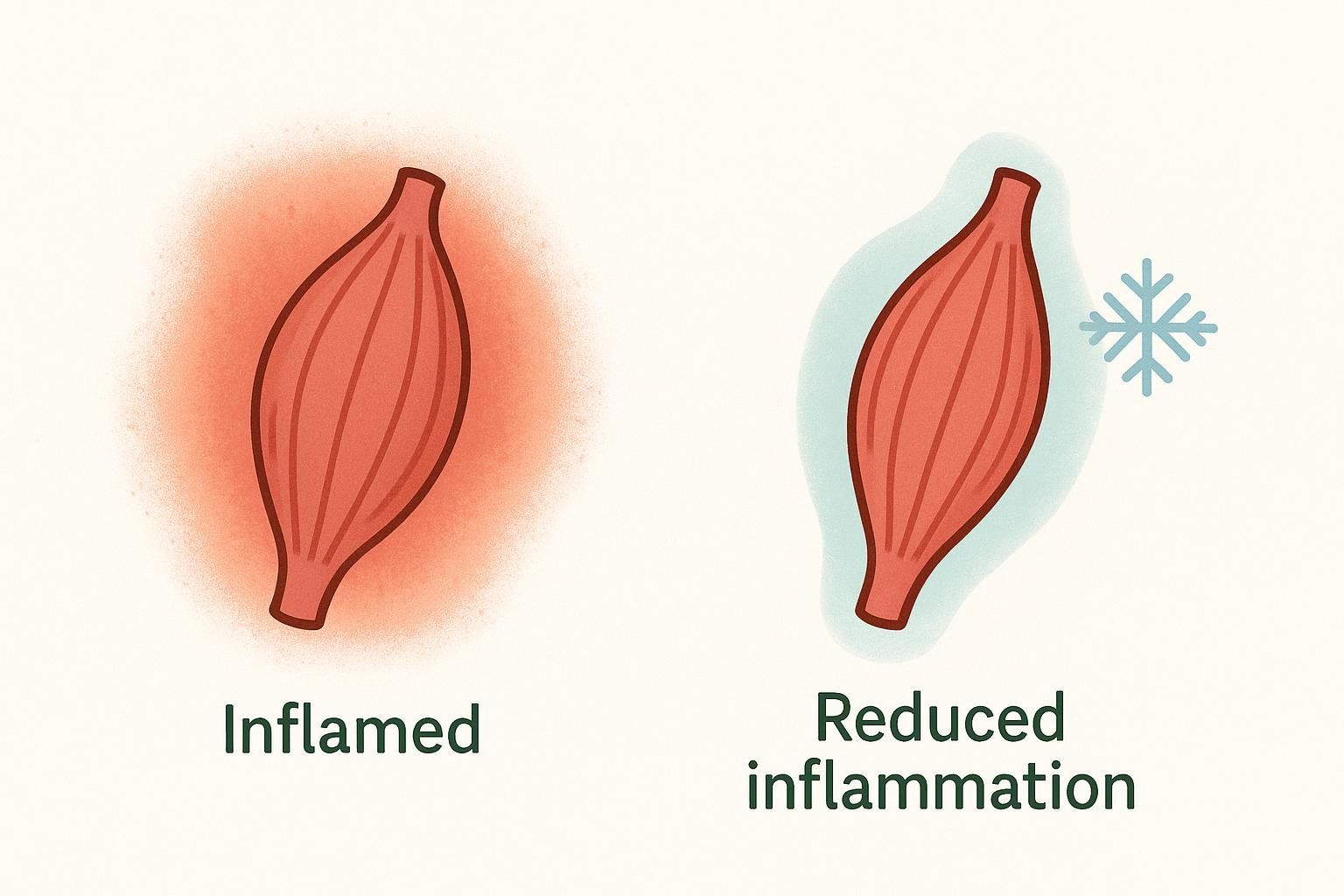
The same 2023 study in Frontiers in Physiology found that cold water immersion significantly reduced creatine kinase levels (a marker of muscle damage) at 24 hours post-exercise and decreased lactate levels at both 24 and 48 hours.
Enhanced Alertness and Mood
Cold exposure triggers the release of norepinephrine and endorphins, leading to increased alertness and improved mood. This can be particularly valuable for morning workouts when you need to maintain energy for the rest of your day.
Boosting Metabolism
The shock of cold water on your body causes an increase in metabolic rate. This surge in metabolism may aid in burning calories and could potentially facilitate the repair and rebuilding of your muscles. Cold showers may help kickstart your body's recovery process, potentially enabling you to bounce back more quickly from your workout.
When Cold Showers Excel
Cold showers are most beneficial for:
- High-intensity training sessions (HIIT, heavy lifting, competitive sports)
- Morning workouts when sustained energy is needed
- Hot weather training when core temperature elevation is a concern
- Athletes focused on minimizing inflammation and muscle damage
Contrast Showers: Combining Hot and Cold Therapy
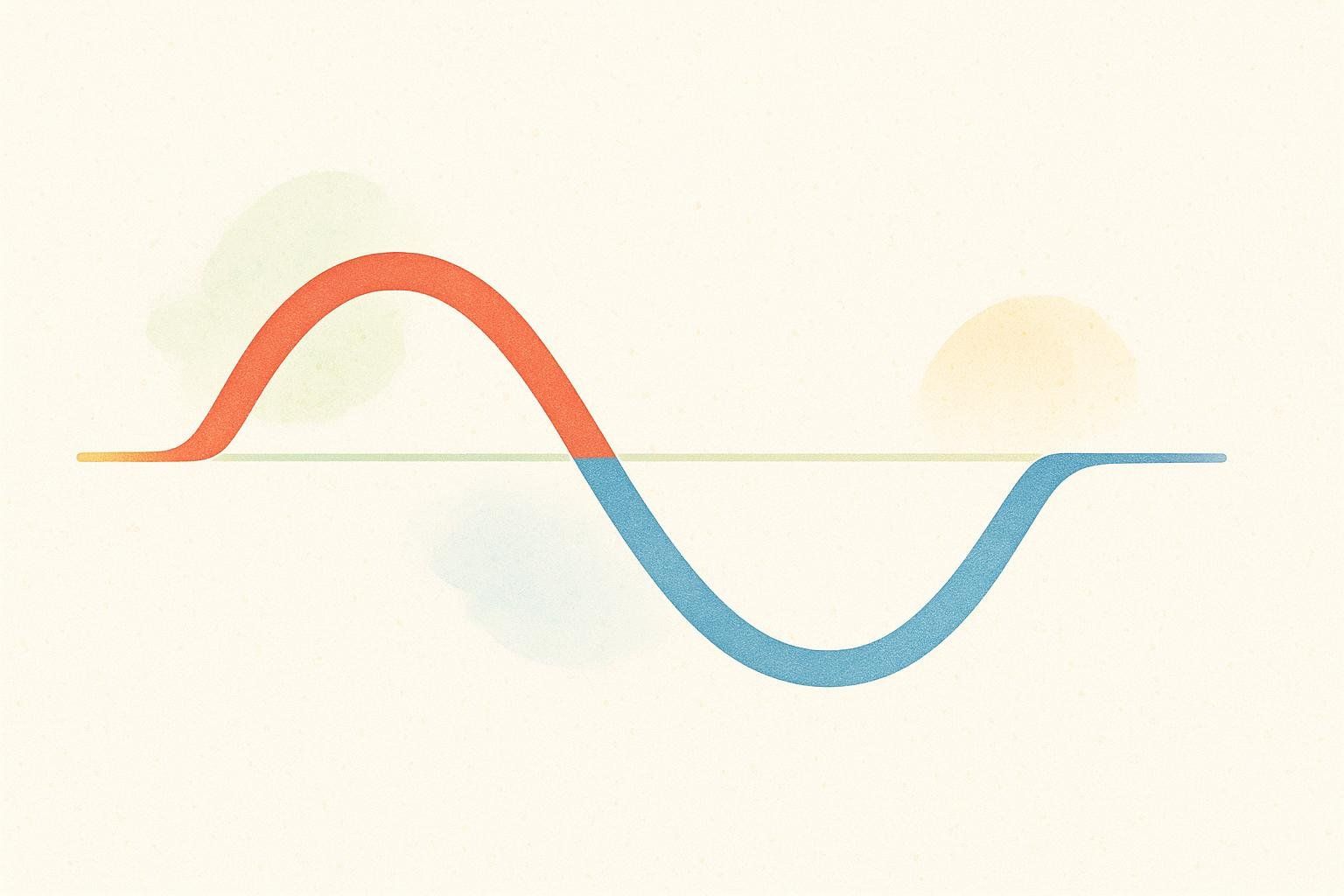
Recent research suggests that alternating between hot and cold water may offer potential benefits from both approaches, though effects remain modest.
How Contrast Showers Work
Contrast showers involve alternating between hot and cold water exposure, typically in cycles. The rapid temperature changes may create a "vascular pumping" effect:
- Hot water causes vasodilation (blood vessels expand)
- Cold water causes vasoconstriction (blood vessels narrow)
- This alternating pattern may enhance circulation and could potentially optimize recovery
The Science Behind Contrast Therapy
Research published in the Journal of Emergencies, Trauma, and Shock suggests that contrast water therapy can help decrease lactate levels more effectively than single-temperature approaches.
The Optimal Contrast Shower Protocol
To practice contrast showers, aim for alternating between water temperatures that are noticeably warm and cool but still tolerable. Here's a general approach:
- Duration: 5-10 minutes total
- Warm phase: 1-3 minutes
- Cool phase: 30-60 seconds
- Cycles: 3-5 alternating cycles
- Finish: End with cool water
Start with smaller temperature differences and shorter durations, then gradually increase as your body adapts to the temperature changes.
What the Research Really Says
Scientific evidence indicates that while both hot and cold showers offer distinct physiological benefits, neither provides a dramatic advantage over natural recovery processes or personal preference.
A comprehensive study published in The Journal of Physiology (2017) found that cold water immersion was no more effective than active recovery for minimizing inflammatory and stress responses in muscle after resistance exercise. Similarly, a 2024 study in PLOS ONE concluded that neither cold nor hot water immersion significantly improved recovery markers over 72 hours compared to a control group.
This doesn't mean temperature therapy is useless—it means the benefits are often modest and highly individual. Ultimately, consistency with fundamental recovery practices (sleep, nutrition, hydration) matters far more than your shower temperature choice.

Training Goals and Considerations
Performance Athletes
The 2023 research suggests that cold water immersion can provide immediate relief from subjective fatigue, making it valuable for athletes with multiple training sessions.
General Fitness
For general fitness enthusiasts, the choice between hot and cold showers becomes more about personal preference and comfort. Since the performance differences are modest, focusing on which option you'll actually stick to consistently is more valuable than pursuing the theoretically "optimal" choice.
Muscle Building
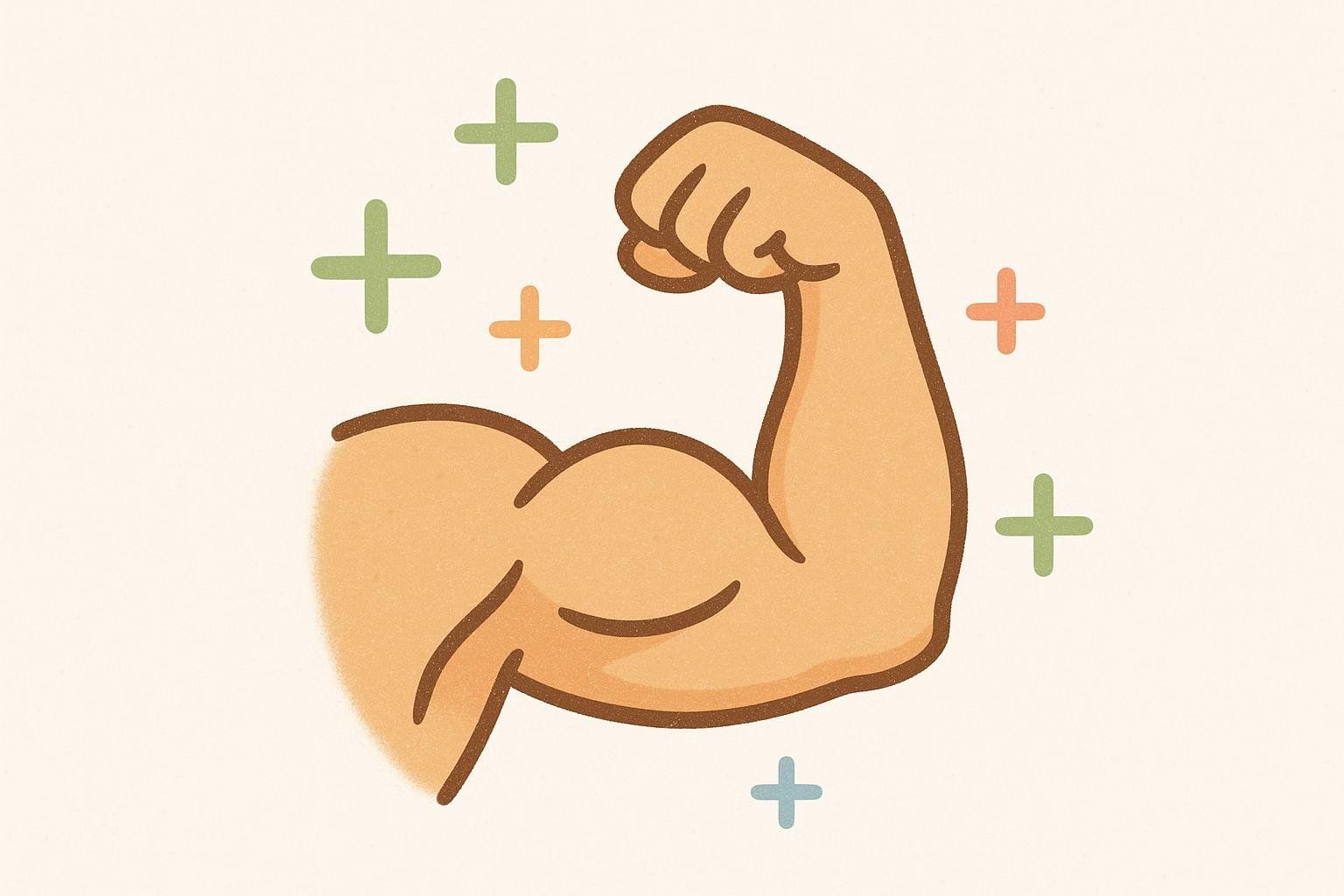
Furthermore, the 2017 study from The Journal of Physiology suggests that excessive cold exposure may interfere with some training adaptations, making hot or contrast showers potentially preferable for those focused on muscle growth.
Time of Day
The time of day can also play a role in deciding the temperature of your post-workout shower:
Morning Workouts: Cold or contrast showers can enhance alertness and energy for the day ahead. A cold shower in the morning can invigorate your senses and provide a refreshing start to your day.
Evening Workouts: Hot showers promote relaxation and prepare the body for sleep. A hot shower in the evening may help relax your body and prepare you for a restful night's sleep.
Individual Health Considerations
Before incorporating cold therapy, consult with a healthcare provider if you have:
- Cardiovascular conditions
- Cold urticaria (cold-induced hives)
- Raynaud's syndrome
- High blood pressure
- Poor blood circulation
Additionally, consider your personal comfort level. Some individuals may find cold showers uncomfortable and may prefer the soothing warmth of a hot shower. The choice should align with your personal comfort and any existing health conditions that may influence your decision.
The Verdict: Your Personalized Shower Strategy
To build a personalized shower strategy, focus on these key principles:
For Specific Goals:
- Stress relief and relaxation: Hot showers may be preferable
- Inflammation management: Cold showers may be preferable
- For combined potential benefits: Contrast showers (try 2-3 times per week after intense training sessions)
- For practical recovery: Choose the method you will consistently perform, as adherence is more important than the specific temperature
Key Considerations:
-
Workout Intensity: If you engaged in a high-intensity exercise session that left your muscles feeling strained, a cold shower may be more beneficial. On the other hand, if your workout focused on relaxation and flexibility, a hot shower might be more suitable to ease tension.
-
Personal comfort and existing health conditions
-
Individual response to temperature therapy
-
Integration with other recovery methods (nutrition, sleep, hydration)
-
Consistency in your recovery routine
Beyond the Shower: Complete Recovery Strategy
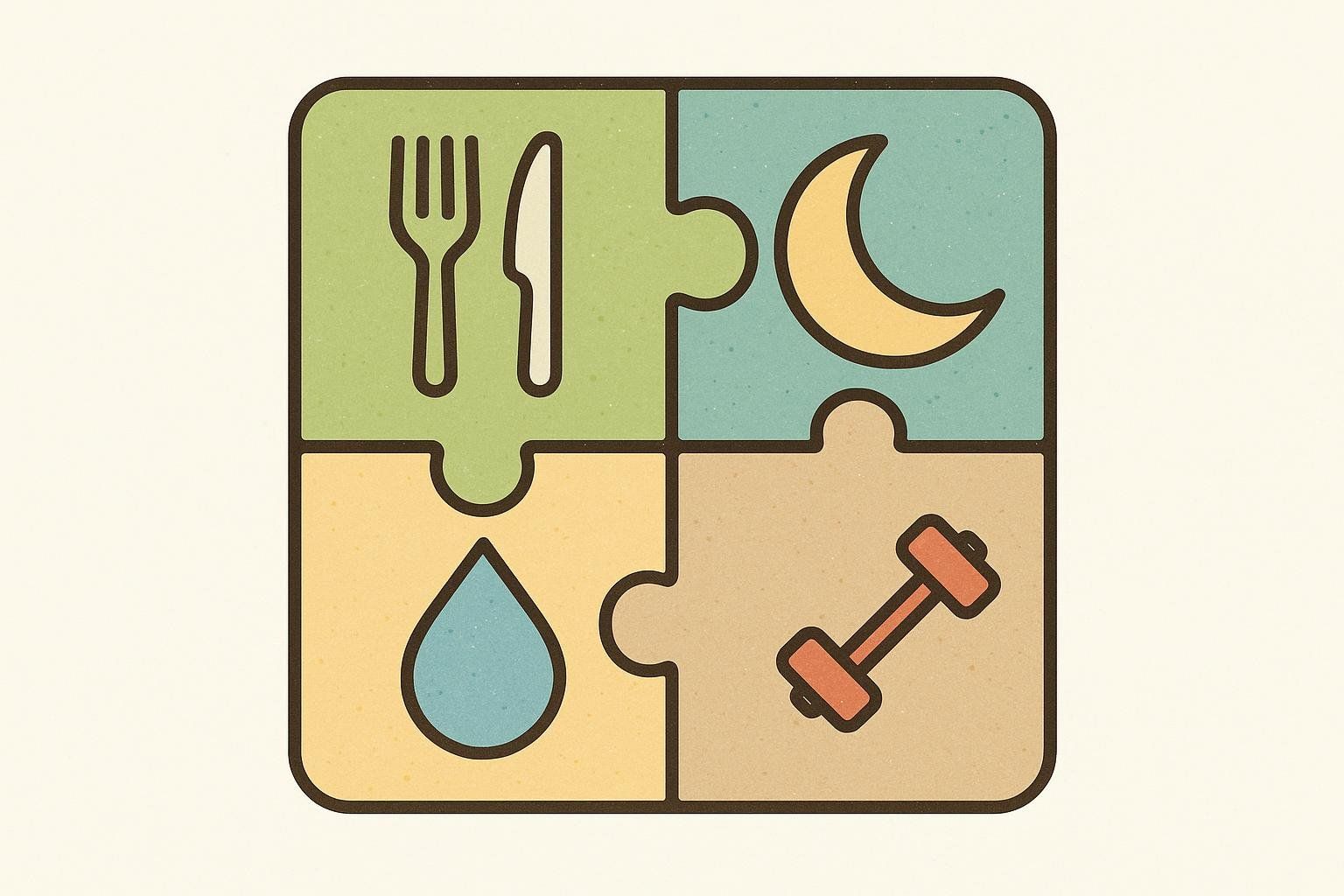
Remember that shower temperature is just one piece of your recovery puzzle. Research consistently shows that a holistic approach including proper nutrition for recovery, adequate sleep for muscle recovery, proper hydration for performance, and appropriate rest periods is far more important than any single recovery modality.
Your post-workout shower choice should complement, not replace, these fundamental recovery practices.
Track Your Recovery with Precision
While optimizing your post-workout shower routine can support recovery, the most valuable step you can take is understanding your body composition changes over time. BodySpec's DEXA scans provide precise measurements of muscle mass, fat distribution, and bone density—giving you concrete data to see how your recovery strategies are actually impacting your body.
Unlike subjective feelings about soreness or energy levels, DEXA scans reveal whether your training and recovery protocols—including your chosen shower strategy—are truly building lean muscle and optimizing body composition. Book your scan today to objectively measure how well your recovery choices support your fitness goals.
